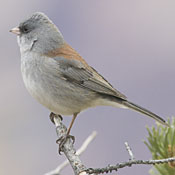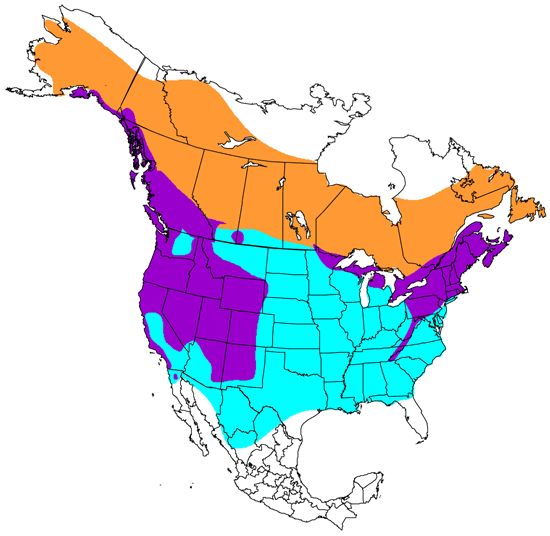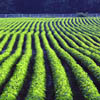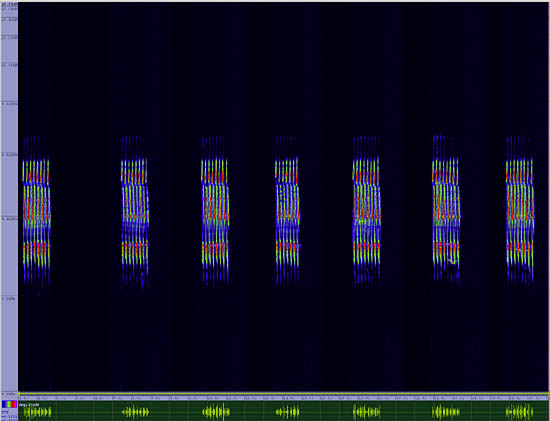Dark-eyed Junco
Junco hyemalis

Perching
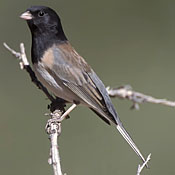
Length: 5 in. (16 cm )
Calculated to be the second most common land bird in North America, during the winter the Dark-eyed Junco is readily seen. It usually travels in small flocks and associates with other species of small birds. It is also a frequent visitor to seed feeders. During the summer pairs occupy territories in open coniferous and deciduous forest. Its nest is in a protected depression on the forest floor and lined with grass, moss and twigs. The young are fed insects. Several distinctive color forms nest in different parts of North America, but in the winter, junco flocks can often have representatives of several geographic forms together.
The four-digit banding code is DEJU.
Bibliographic details:
- Article: Dark-eyed Junco
- Author(s): Dr. Biology
- Publisher: Arizona State University School of Life Sciences Ask A Biologist
- Site name: ASU - Ask A Biologist
- Date published:
- Date accessed:
- Link: https://askabiologist.asu.edu/activities/bird/dark-eyed-junco
APA Style
Dr. Biology. (). Dark-eyed Junco. ASU - Ask A Biologist. Retrieved from https://askabiologist.asu.edu/activities/bird/dark-eyed-junco
Chicago Manual of Style
Dr. Biology. "Dark-eyed Junco". ASU - Ask A Biologist. . https://askabiologist.asu.edu/activities/bird/dark-eyed-junco
Dr. Biology. "Dark-eyed Junco". ASU - Ask A Biologist. . ASU - Ask A Biologist, Web. https://askabiologist.asu.edu/activities/bird/dark-eyed-junco
MLA 2017 Style
Be Part of
Ask A Biologist
By volunteering, or simply sending us feedback on the site. Scientists, teachers, writers, illustrators, and translators are all important to the program. If you are interested in helping with the website we have a Volunteers page to get the process started.

